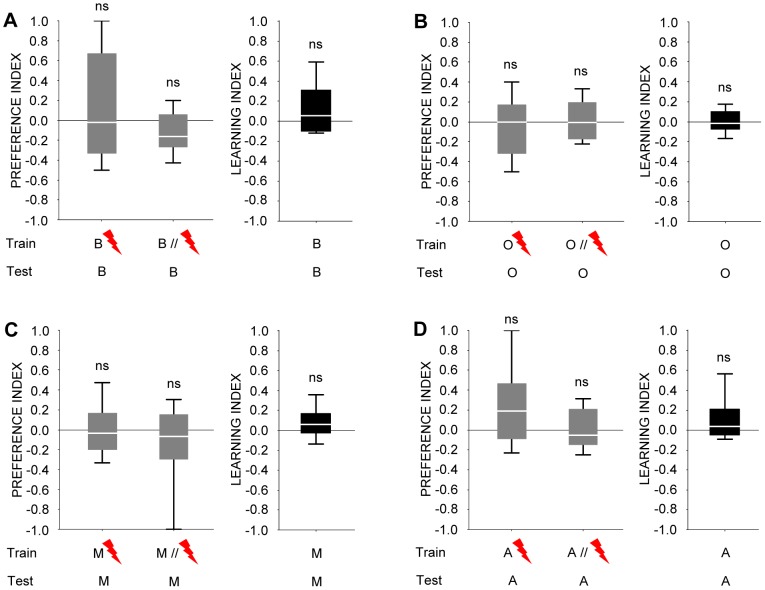Figure 7. A Dmel/Orco loss-of-function mutant (formerly known as Or83b2) is anosmic for all odours used.
(A), (B), (C), and (D) show preference indices (grey fill) for respectively benzaldehyde, 3-octanol, 4-methylcyclohexanol, and n-amylacetate after odour-shock training, and the corresponding learning indices (black fill). Neither preference indices nor learning indices are different from zero in the Dmel/Orco mutant, suggesting an absolute requirement of Dmel/Orco for processing of these odours. Thus, a lack of correspondence between perception and sensory-neuron physiology cannot be attributed to processing outside of the Dmel/Orco-Gal4 expression pattern.

